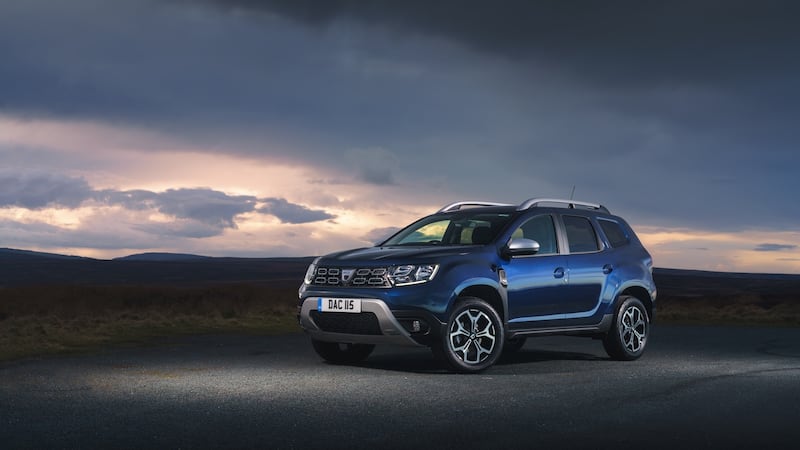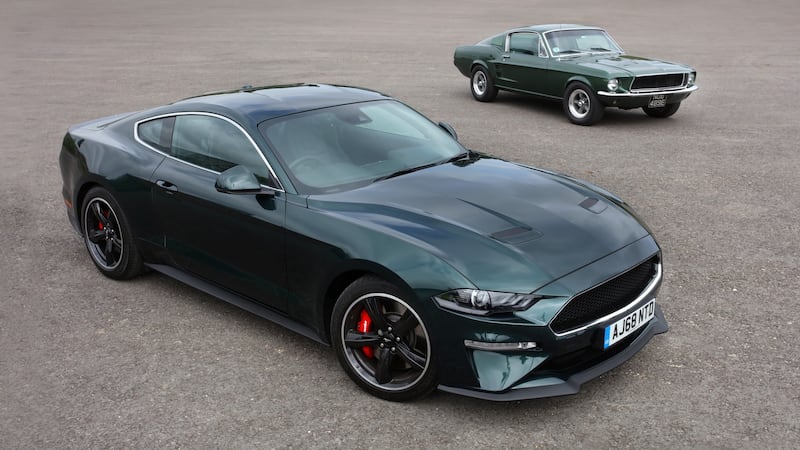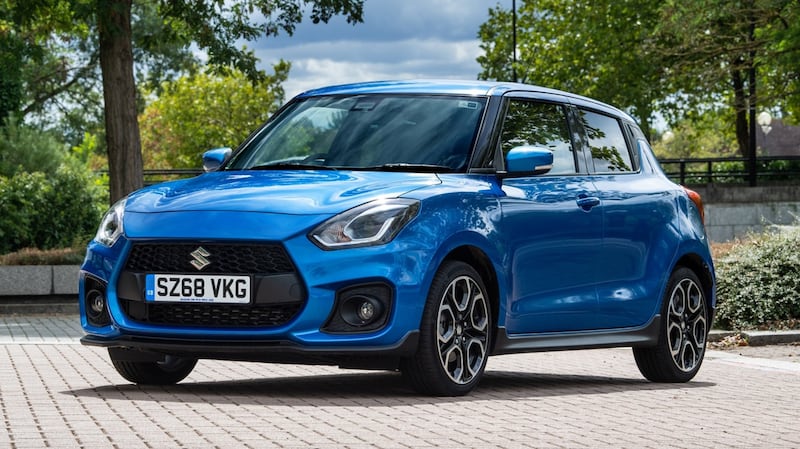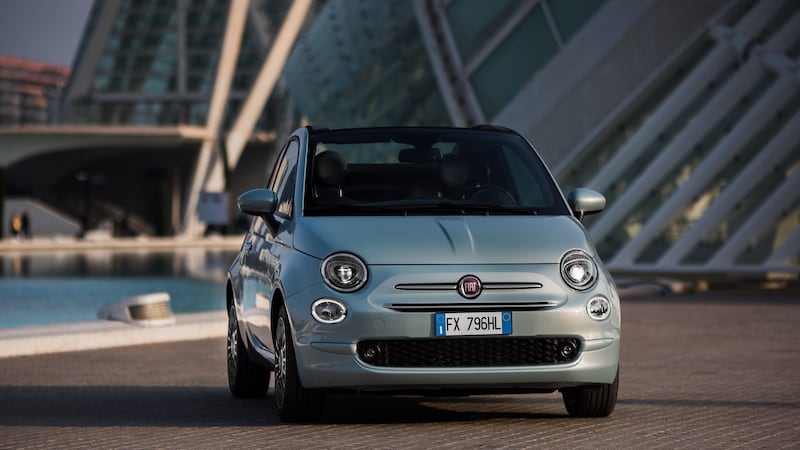I want to buy ... any electric car: Save by buying a used BMW i3
We're all mad-keen to go electric, but the problem is that most new electric cars are pretty pricey, with the cheapest (a Renault Zoe) starting at just over €26,000.
Well, what if I told you you could have, for the same money, a shiny BMW with electric drive? Yup, the i3 – one of the most truly revolutionary electric cars yet – has reached the point of being just about affordable.
In fact, you can now find second hand i3s for under €20,000, but stretching the budget a little will get you a more recent model, and one from a BMW dealer with the excellent approved used two-year warranty too.
The best version to get is the longer-range 120ah battery version (which can theoretically stretch to more than 300km on a single charge) but if you can’t find one of those, go instead for the old range-extender model – it has a smaller battery, and a 200km range, but also has a tiny two-cylinder petrol engine in the boot as a ‘get you home’ option.
Remarkably, all these years on from its 2013 launch, the i3 is still the EV that’s most fun to drive, and if the cabin is on the small side, just look at how awesome its stripped-back Scandi-esque design looks.

I want to buy ... almost any SUV: Save by buying a Dacia Duster
There is still the occasional whiff of the hair shirt about the Duster, but that – at least where the latest-generation model is concerned – is a little unfair.
Dacia has long become an expert at leveraging the money-saving potential of its low-cost Romanian production base, and its clever use of pensioned-off Renault parts, but the current Duster actually has a little sprinkle of sophistication.
There’s a touchscreen (a rubbish one, true, but you can hook your phone up to it which makes everything better), the seats are much more comfy than those of the old one, and there’s plenty of space in the back seats and boot for lengthy teens and marauding dogs.
Build quality has improved in a touchy-feely sense, but you can certainly feel the cheapness if you go looking. The upside is that overall solidity and reliability is good, and the current model uses the excellent – and bang up to date – 1.0 TCe turbo petrol engine, as found in the Renault Clio and Captur.
The Duster’s combination of space, ruggedness (4WD versions can off-road far more capably than you’d think) and price basically make a mockery of almost any other upwardly-mobile SUV or crossover.
Prices for a new one start at €18,795 but if you’re prepared to wade through the classifieds, you’ll find older (less sophisticated) Dusters for as little as €6,000.

I want to buy ... a Porsche 911: Save by buying a Ford Mustang
Of course you want a Porsche 911. It is a true icon of motoring, so much so that you'd half expect to see gilded paintings of it in churches in Eastern Europe.
It’s utterly brilliant to drive, looks sufficiently like its 60s progenitor to hammer home the familial link, and makes a wonderful noise when you accelerate hard.
It does, however, cost €149,000 at minimum, and that’s for a basic 911. No-one buys a basic 911. However, there is a more affordable option, one with the same direct link to 60s iconography, one with similar silver-screen styling, and one that even has some of the same motor-racing glory to lean on. The Ford Mustang.
Now, it’s true to say that while the Porsche feels like a laser-guided scalpel, the Mustang is more like a blunderbuss sellotaped to a sledgehammer.
True too that the ‘Stang’s interior seems to have been constructed as part of some kid’s TV programme make-and-do project, possibly involving old washing-up liquid bottles. Doesn’t matter. You won’t care.
Whether you go for the surprisingly good 2.3 turbo, or the mighty 5.0 V8, the Mustang goes hard, sounds great, looks amazing, is surprisingly practical, and while its handling is wayward compared to the Porsche’s, it’s still massively good fun.
Best of all, even the priciest ‘Bullitt’ version costs half what a 911 does, and you can find them in the second hand columns for around €35,000-40,000.

I want to buy ... any small hatchback: Save by buying a Suzuki Swift
Suzuki has long been one of the best-kept secrets of the new car market. A perennial sales underperformer, to those who’ve cracked the brand’s code of low prices and ultra-reliability, there’s probably nothing else that they’d choose to buy.
The Swift is (and has long been) Suzuki's best model, and right now the basic SZ3 model is being advertised with a retail price of €15,870. That means it undercuts rivals such as the Ford Fiesta and VW Polo by as much as €4,000, and is cheaper even than the cheapest Nissan Micra and Skoda Fabia.
It’s also well-equipped for the money, with a DAB stereo, a leather steering wheel, Bluetooth, and plenty of safety kit. That 1.2 petrol engine can beat 5.7-litres per 100km (50mpg) in daily driving, and will probably still be running when petrol finally runs out.
Best of all? Well, aside from the adorable styling, there’s the fact that the Swift is massively enjoyable to drive, with steering and chassis responses almost as good as those of the vaunted (and far more expensive) Mini. We can’t quite figure out why you’d spend more money on something else.

I want to buy ... a hybrid: Save by buying a Fiat 500
Buying a hybrid is a good first step on the road to going fully electric, especially for those of us lacking the financial means, or the driveway and home charging point.
Like electric cars, hybrids tend to be pricey, but the littlest Fiat has nipped into a space on Irish price lists with a clever mild-hybrid system that saves fuel and emissions, but doesn’t cost you a packet.
In fact, you can get a new 500 Pop Mild Hybrid for just €16,241 – that's a whopping €7,000 cheaper than a Toyota Yaris Hybrid.
Okay, so the Fiat’s system is a mild-hybrid, not a full hybrid as you get in the Toyota, but it’s enough to give you potential 4.0-litres per 100km (70mpg) economy and emissions as low as 88g/km of CO2.
True, 2007 called and says it wants its cabin design back, but the 500 still feels agile and enjoyable to drive, and there's nothing wrong with the build quality (thanks to it being built in Poland rather than Italy).












